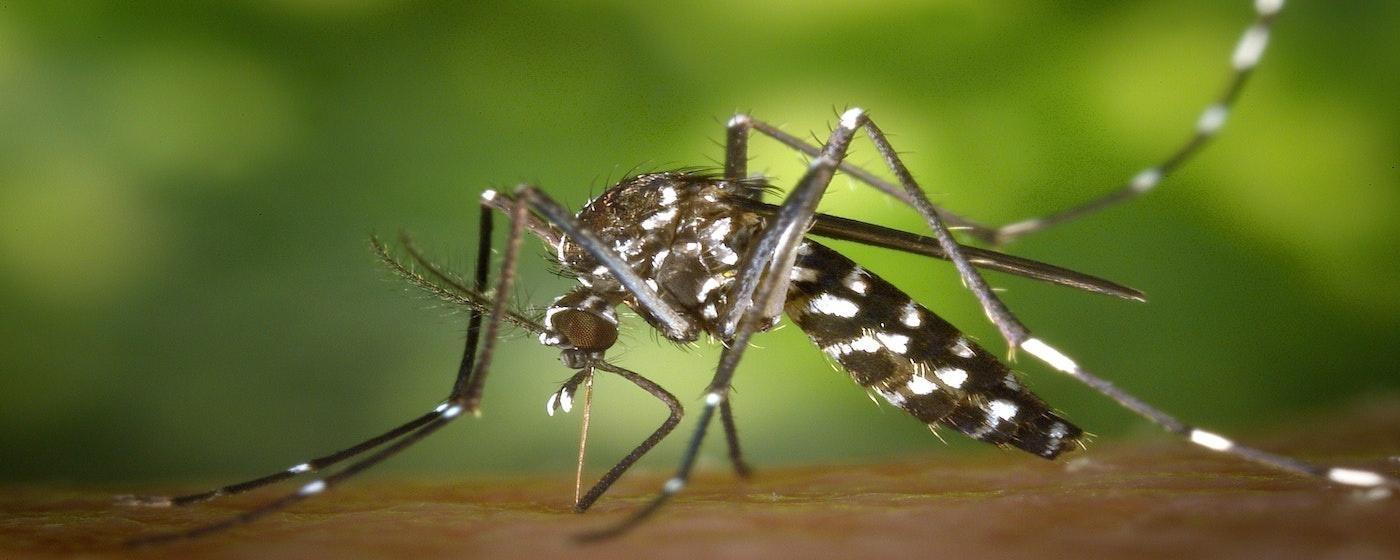How to Track a Virus: Lessons from the Zika Virus


There’s a bit of a mystery to how viruses spread.
In some ways the answer is easy. The coronavirus responsible for COVID-19 is spread through water droplets expelled when we talk, sing, cough, sneeze, etc.
But researchers from the World Health Organization are trying to determine how a virus that is common in bats made the jump to humans in Wuhan, China, as well as the path it took to then infect the entire world. That’s a difficult challenge.
To get an insight into what’s facing the WHO researchers, watch how a team at UNC Charlotte tracked the spread of the Zika virus. It’s also a coronavirus and the medical detective work is similar: conducting interviews, studying hospital records and health department reports.
The Zika virus was first identified in the 1940s. It is spread by the bites of infected mosquitos. There is no cure, but the Zika virus spreads quickly, then appears to fade as pest control efforts expand, and then it returns.
The Zika virus appeared most recently in 2015 and 2016, when there were more than 500,000 suspected cases but only 18 deaths. Zika has also been linked to a spike in the birth defect microcephaly
A study by Duke Health finds a new tool that produces a type of ultraviolet light called UVC may help hospitals fight drug resistant bacterial infections.